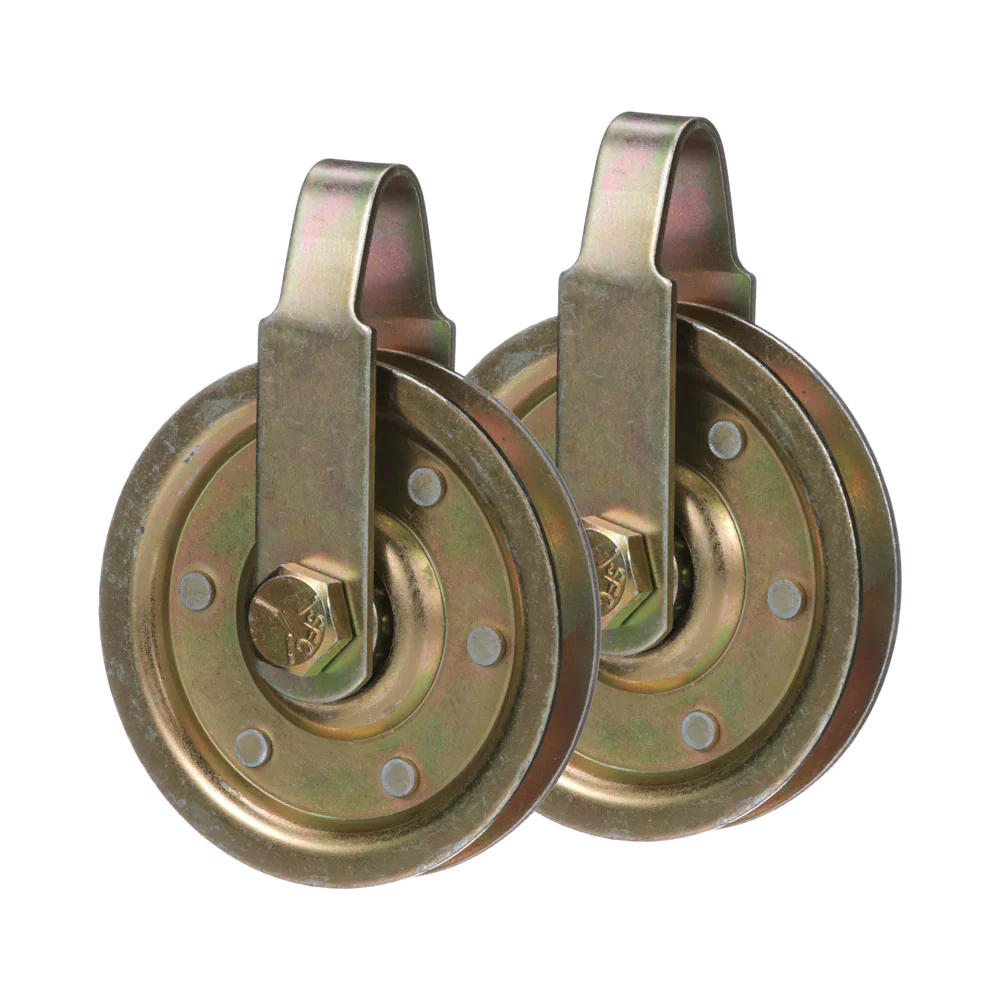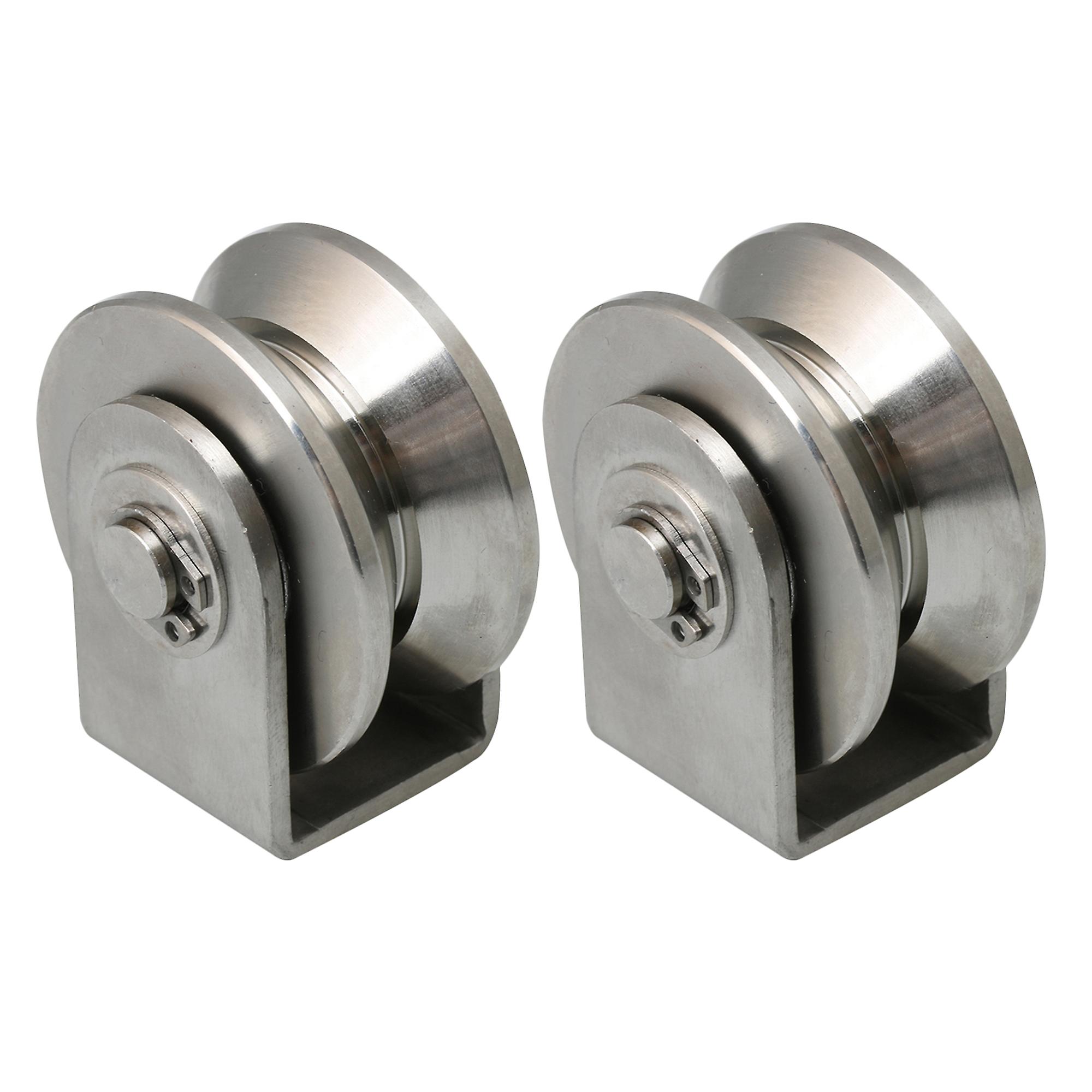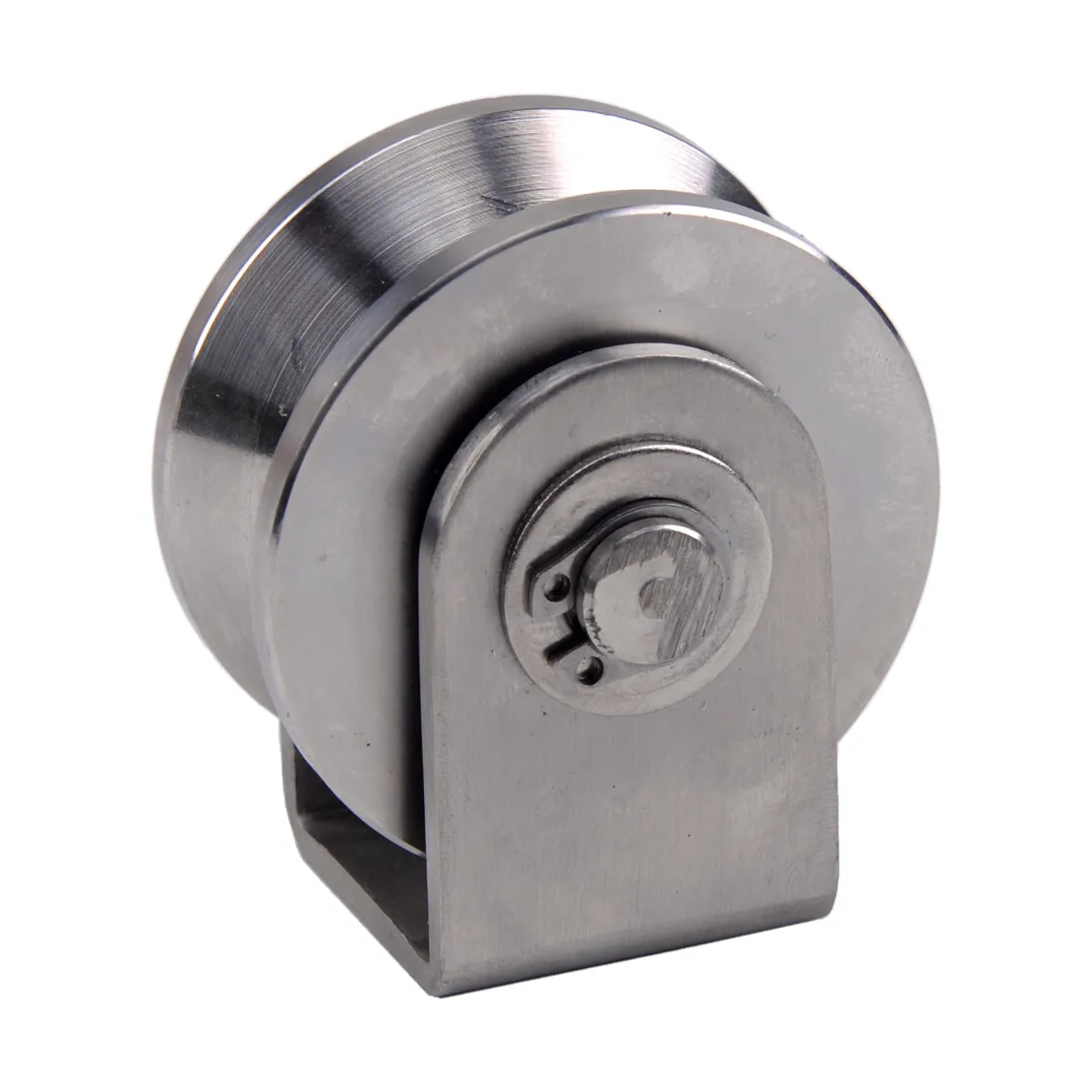Product Description
Product Introduction:
Our ordinary roller production technology and performance in the domestic leading level. Unique design, reasonable structure and advanced technology ensure that the roller radial runout minimum, noise and energy consumption minimum, bearing capacity to reach a higher grade. Our company produces ordinary roller, trough roller, flat roller, buffer roller, vertical roller, friction roller, cone roller, hanging roller, spiral roller, comb roller and other kinds of roller.
| Model NO. | FY-roller set | Warranty | 1year |
| Color | Customized | Application | Coal Mine, Cement, Harbor, etc |
| Condition | New | Length | 150-3500mm |
| Dia | 60-219mm | Certificate | CE, ISO, BV, SGS, Ika, etc |
| Bearing | Hrb , NSK | Executive Standard | GB, ISO, Cema, DIN, JIS, etc |
| Testing | Waterproof, Dustproof, etc | Life Time | More Than 50000 Hours |
| Urgent Order | Acceptable | Specification | GB, ISO, CEMA, DIN, JIS, etc |
| Transport Package | Free Fumigation Wooden Packing Cases | Production Capacity | 5000PCS/Month |
Application:
Company Introduction:
Xihu (West Lake) Dis. CHINAMFG transportation Machinery Manufacturing Co., Ltd. is located in ZheJiang (Xihu (West Lake) Dis.) rubber conveyor belt industrial zone, near by the Capital ZheJiang city, The location is superior and the transportation is convenient. Our company has always attached importance to personnel training and investment in science and technology, relying on advanced production and testing, strong capital and technical strength, perfect after-sales system, so that the products are exported to all parts of the world.
Our company is the professional manufacturer of producing all kinds of conveyor belt, roller, trestle, roller, crusher and other machines, with strong technical capacity, advanced and complete equipment. Our products are widely used in: iron and steel, metallurgy, cement, power generation, fertilizer, grain depot, port and other industries.
Our company adheres to the basic principle of serving customers: “quality, technology, after-sales service”, and constantly strengthens the comprehensive competitiveness of the company among its peers, seeks development in competition, and seeks opportunities in challenges. CHINAMFG will provide you with supieror quality products and after-sales service. We are willing to go hand in hand with you honestly,to create brilliance together!
/* January 22, 2571 19:08:37 */!function(){function s(e,r){var a,o={};try{e&&e.split(“,”).forEach(function(e,t){e&&(a=e.match(/(.*?):(.*)$/))&&1
| Material: | Iron |
|---|---|
| Application: | Chemical Industry, Grain Transportation, Mining Transport, Power Plant |
| Structure: | Ordinary Roller |
| Bearing Type: | Single Sealed Bearing |
| Type: | Impact Idler |
| Manufacturer: | Yes |
| Customization: |
Available
| Customized Request |
|---|

Can heavy-duty pulleys withstand extreme environmental conditions?
Heavy-duty pulleys are designed to withstand demanding operating conditions, including extreme environmental conditions. These pulleys are engineered with robust materials and construction to ensure their durability and reliability in challenging environments. Here’s a detailed explanation of how heavy-duty pulleys can withstand extreme environmental conditions:
- Material Selection: Heavy-duty pulleys are typically manufactured using high-quality materials that offer excellent strength, corrosion resistance, and durability. Common materials used for heavy-duty pulleys include steel alloys, cast iron, or specialized alloys designed for specific environmental conditions. These materials provide the necessary mechanical properties to withstand extreme temperatures, moisture, and other environmental factors.
- Corrosion Resistance: Heavy-duty pulleys are often coated or treated to enhance their corrosion resistance. Coatings such as galvanization, epoxy, or specialized corrosion-resistant paints are applied to protect the pulleys from moisture, chemicals, or other corrosive elements present in the environment. This corrosion resistance helps maintain the structural integrity of the pulleys, even in harsh and corrosive environments.
- Sealed Bearings: The bearings used in heavy-duty pulleys are often designed to be sealed or equipped with protective seals to prevent the ingress of contaminants. Sealed bearings provide an additional layer of protection against dust, dirt, moisture, and other environmental elements that could compromise the performance and lifespan of the pulleys. This feature helps ensure smooth rotation and reduces the need for frequent maintenance or replacements.
- Temperature Resistance: Heavy-duty pulleys are engineered to withstand a wide range of temperatures, including extreme heat or cold. The materials and design of the pulleys are selected to maintain their structural integrity and functionality under temperature variations. This allows the pulleys to operate reliably in environments such as foundries, steel mills, or cold storage facilities where extreme temperatures are present.
- Protection Against Contaminants: Heavy-duty pulleys are designed to minimize the entry of contaminants such as dirt, dust, or debris that could affect their performance or cause premature wear. Pulley designs may include features such as covers, guards, or specialized seals to protect the internal components from environmental contaminants. This protection helps maintain the efficiency and longevity of the pulleys, even in environments with high levels of airborne particles.
- Extreme Load Capacities: Heavy-duty pulleys are specifically engineered to handle heavy loads encountered in various industries. The design and construction of these pulleys incorporate safety factors to ensure that they can withstand the extreme forces exerted during lifting or material handling operations. This structural integrity allows heavy-duty pulleys to maintain their performance and reliability, even when subjected to high load capacities in challenging environmental conditions.
While heavy-duty pulleys are designed to withstand extreme environmental conditions, it is important to note that their performance and longevity can still be influenced by the severity and duration of the environmental factors. Regular inspections, maintenance, and adherence to manufacturer guidelines are essential to ensure optimal performance and longevity of heavy-duty pulleys, particularly in extreme environments. By choosing the appropriate materials, incorporating protective features, and following recommended maintenance practices, heavy-duty pulleys can reliably operate in a wide range of extreme environmental conditions.

How do heavy-duty pulleys impact the performance of offshore and marine equipment?
Heavy-duty pulleys have a significant impact on the performance of offshore and marine equipment. These specialized pulleys are designed to withstand the harsh and demanding conditions of marine environments, including corrosion, saltwater exposure, and extreme weather. They play a crucial role in various applications, contributing to the efficiency, reliability, and safety of offshore and marine operations. Here’s a detailed explanation of how heavy-duty pulleys impact the performance of offshore and marine equipment:
- Load Handling: Heavy-duty pulleys are used in offshore and marine equipment to handle heavy loads. They are incorporated into lifting and hoisting systems, such as cranes, winches, and davits, to facilitate the safe and controlled lifting, lowering, and movement of equipment, cargo, and personnel. These pulleys provide the mechanical advantage required to handle the immense loads encountered in offshore and marine operations. By ensuring smooth and efficient load handling, heavy-duty pulleys contribute to the productivity and safety of these applications.
- Mooring Systems: Heavy-duty pulleys are integral components of mooring systems used in offshore and marine operations. Mooring systems are essential for securing vessels, offshore platforms, and floating structures in place. Pulleys are used to guide and tension mooring lines, allowing for controlled movement and adjustment. These pulleys ensure the reliable and effective functioning of mooring systems, providing stability and safety for offshore and marine equipment.
- Towing and Anchor Handling: Heavy-duty pulleys are employed in towing and anchor handling operations in the offshore and marine industry. They are used in winch systems to manipulate and control towing lines or anchor chains. Pulleys assist in the smooth deployment and retrieval of anchors, as well as the maneuvering and positioning of vessels or floating structures. Heavy-duty pulleys enable efficient towing and anchor handling, enhancing the maneuverability and operational capabilities of offshore and marine equipment.
- Cable and Wire Rope Handling: Offshore and marine equipment often rely on heavy-duty pulleys for handling cables and wire ropes. These pulleys guide and support cables or wire ropes, ensuring smooth movement and preventing damage caused by excessive friction or bending. Pulleys are integrated into cable and wire rope handling systems, such as winches, cranes, or tensioning devices, enabling the controlled deployment, retrieval, and tensioning of these critical components. Heavy-duty pulleys contribute to the reliability and longevity of cables and wire ropes in offshore and marine applications.
- Deck Machinery: Heavy-duty pulleys are utilized in various deck machinery applications on offshore and marine equipment. They are incorporated into the drive systems of equipment such as anchor windlasses, capstans, and deck cranes. Pulleys facilitate the power transmission and movement of these deck machinery components, enabling efficient and precise operation. Heavy-duty pulleys ensure the reliable performance and durability of deck machinery, enhancing the functionality and productivity of offshore and marine equipment.
- Tensioning Systems: Heavy-duty pulleys are employed in tensioning systems used in offshore and marine equipment. These systems are crucial for maintaining the desired tension and stability of cables, wire ropes, or structures. Pulleys are integrated into tensioning devices, such as jacking systems or tensioning winches, to provide the necessary mechanical advantage and control. Heavy-duty pulleys enable precise tensioning, contributing to the safe and efficient operation of offshore and marine equipment.
- Dynamic Positioning: Heavy-duty pulleys play a role in dynamic positioning systems utilized in offshore and marine applications. Dynamic positioning allows vessels or floating structures to maintain their position and heading automatically, even in challenging environmental conditions. Pulleys are used in the control systems of thrusters or propulsion units, facilitating the adjustment and maneuvering of the equipment. Heavy-duty pulleys contribute to the accurate and responsive dynamic positioning of offshore and marine equipment, ensuring operational stability and safety.
Overall, heavy-duty pulleys significantly impact the performance of offshore and marine equipment. They are utilized in load handling, mooring systems, towing and anchor handling, cable and wire rope handling, deck machinery, tensioning systems, and dynamic positioning applications. By providing reliable power transmission, controlled movement, and operational stability, heavy-duty pulleys contribute to the efficiency, reliability, and safety of offshore and marine operations.

How does the size and design of a heavy-duty pulley impact its load-bearing capacity?
The size and design of a heavy-duty pulley play a significant role in determining its load-bearing capacity. These factors directly influence the pulley’s ability to support and distribute the weight of heavy loads effectively. Here’s a detailed explanation of how the size and design of a heavy-duty pulley impact its load-bearing capacity:
Size:
The size of a heavy-duty pulley refers to the diameter of its sheave or wheel. In general, larger pulleys have a higher load-bearing capacity compared to smaller pulleys. This is because larger pulleys provide a larger contact area for the cable or rope, distributing the load over a greater surface area. The larger contact area reduces stress concentration on the cable or rope, minimizing the risk of premature wear or failure. Additionally, larger pulleys allow for a more gradual bend radius, which helps prevent excessive bending and fatigue of the cable or rope. Thus, a larger-sized pulley can handle heavier loads more effectively and safely.
Design:
The design of a heavy-duty pulley encompasses various aspects that impact its load-bearing capacity:
- Sheave Diameter: The diameter of the sheave directly affects the mechanical advantage of the pulley system. A larger sheave diameter increases the mechanical advantage, allowing for easier lifting of heavy loads. This means that a heavy-duty pulley with a larger sheave diameter can handle heavier loads more efficiently.
- Hub Construction: The hub of the pulley, which connects the sheave to the axle or shaft, should be designed to withstand the stresses induced by heavy loads. Heavy-duty pulleys often have reinforced hubs that can handle higher loads without deformation or failure. The hub design should provide sufficient strength and rigidity to ensure the stability and integrity of the pulley under load.
- Bearing System: The bearing system of a heavy-duty pulley is crucial for smooth rotation and load distribution. High-quality bearings, such as sealed or shielded ball bearings, are commonly used in heavy-duty pulleys to minimize friction and ensure reliable operation under heavy loads. The bearing system should be designed to handle the anticipated loads and provide long-term durability and performance.
- Material Strength: Heavy-duty pulleys are typically made from strong and durable materials such as steel or cast iron. The material strength is a critical factor in determining the load-bearing capacity of the pulley. A robust material construction ensures that the pulley can withstand the high loads without deformation or failure. Additionally, the material should have good resistance to wear, corrosion, and other environmental factors that may affect the pulley’s performance and longevity.
- Structural Reinforcement: Heavy-duty pulleys often incorporate structural reinforcements to enhance their load-bearing capacity. This may include features such as thicker rims, additional ribs, or gussets that provide increased strength and rigidity. The structural reinforcement helps to distribute the load more evenly throughout the pulley, reducing stress concentration and improving overall load-bearing capacity.
In summary, the size and design of a heavy-duty pulley have a direct impact on its load-bearing capacity. Larger pulleys with larger sheave diameters provide a larger contact area and more gradual bend radius, allowing them to handle heavier loads more effectively. The design elements, such as hub construction, bearing system, material strength, and structural reinforcement, further contribute to the pulley’s load-bearing capacity by ensuring stability, durability, and even load distribution. When selecting a heavy-duty pulley, it is crucial to consider its size and design features to ensure it can handle the intended high-load tasks safely and efficiently.


editor by CX
2024-04-04